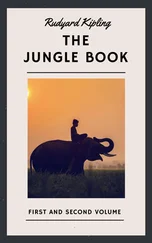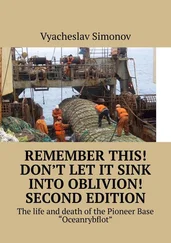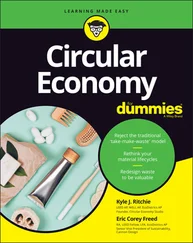Why a circular economy? Why a circular economy? With a quickly growing global population and prosperity, the increasing consumption and related extraction of often scarce and finite resources is unsustainable. This prompts a shift from our current linear take-make-use-dispose production and consumption approach to a more circular economy, where we maximise the use and utility of resources, products and assets, and minimise resource consumption and wastage in all forms. In its most simple form, the circular economy transition can be depicted in the following way. The transition from a linear to a circular economy The transition to a circular economy not only conserves resources, but also reduces environmental and climate impacts. At the same time, it fosters innovation and thereby increases competitiveness and creates new jobs. While this approach may seem new and revolutionary, the “Waste Not” mantra of the circular economy was a central principle in our society until the industrial revolution introduced a culture of mass production, consumption and disposal. In a sense, the transition to a circular economy therefore involves going forward to the past.
What problems are facing cities today?
Why are cities relevant in the circular transition?
What will a circular city look like tomorrow?
The 15 circular steps for cities
The EIB supports cities in their circular transition
About the European Investment Bank
The European Investment Bank is the world’s biggest multilateral lender. The only bank owned by and representing the interests of the EU countries, the EIB finances Europe’s economic growth. Over six decades the Bank has backed start-ups like Skype and massive schemes like the Øresund Bridge linking Sweden and Denmark. Headquartered in Luxembourg, the EIB Group includes the European Investment Fund, a specialist financer of small and medium-sized enterprises.
The 15 circular steps for cities
Second edition
April 2021

With a quickly growing global population and prosperity, the increasing consumption and related extraction of often scarce and finite resources is unsustainable. This prompts a shift from our current linear take-make-use-dispose production and consumption approach to a more circular economy, where we maximise the use and utility of resources, products and assets, and minimise resource consumption and wastage in all forms.
In its most simple form, the circular economy transition can be depicted in the following way.
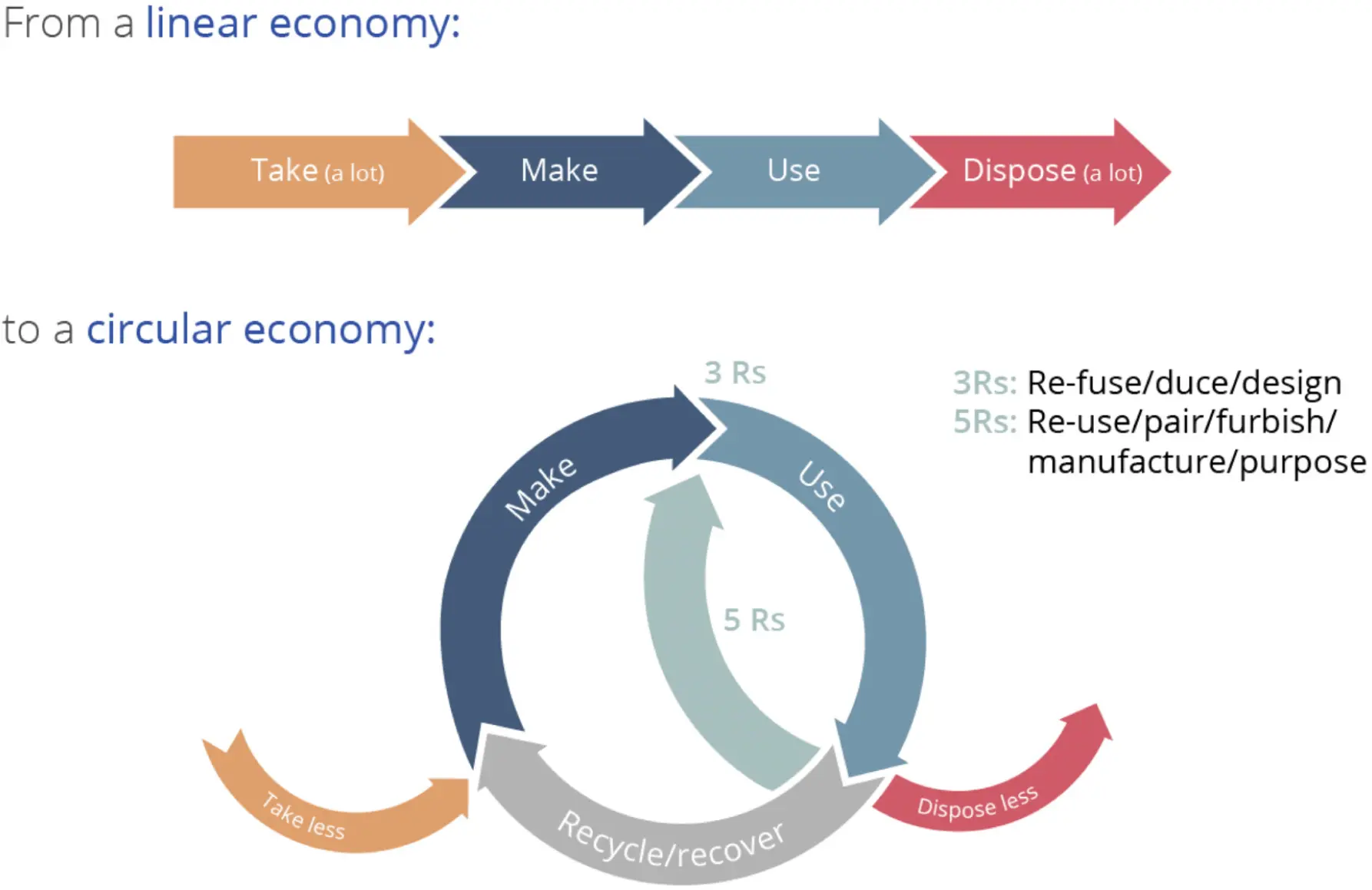
The transition from a linear to a circular economy
The transition to a circular economy not only conserves resources, but also reduces environmental and climate impacts. At the same time, it fosters innovation and thereby increases competitiveness and creates new jobs.
While this approach may seem new and revolutionary, the “Waste Not” mantra of the circular economy was a central principle in our society until the industrial revolution introduced a culture of mass production, consumption and disposal. In a sense, the transition to a circular economy therefore involves going forward to the past.
Конец ознакомительного фрагмента.
Текст предоставлен ООО «ЛитРес».
Прочитайте эту книгу целиком, купив полную легальную версию на ЛитРес.
Безопасно оплатить книгу можно банковской картой Visa, MasterCard, Maestro, со счета мобильного телефона, с платежного терминала, в салоне МТС или Связной, через PayPal, WebMoney, Яндекс.Деньги, QIWI Кошелек, бонусными картами или другим удобным Вам способом.



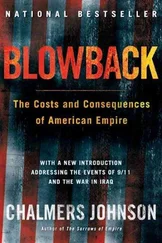


![Andrew Radford - Linguistics An Introduction [Second Edition]](/books/397851/andrew-radford-linguistics-an-introduction-second-thumb.webp)


